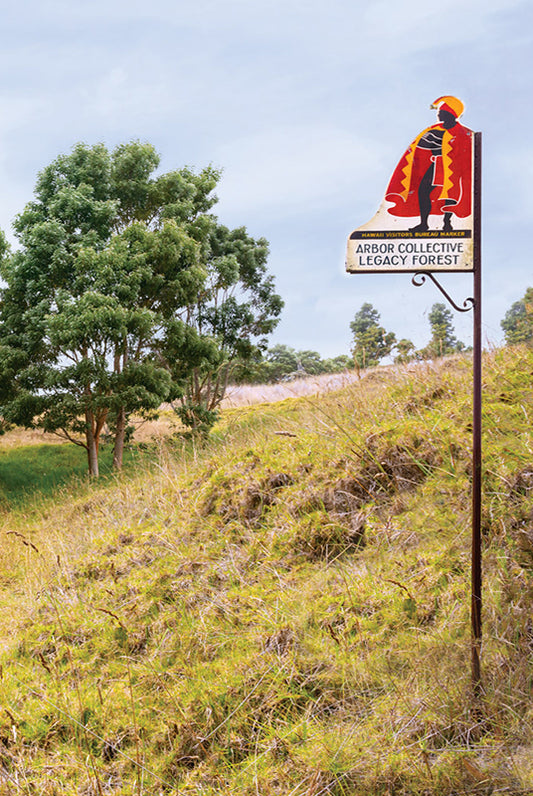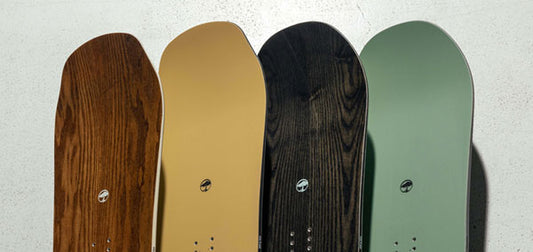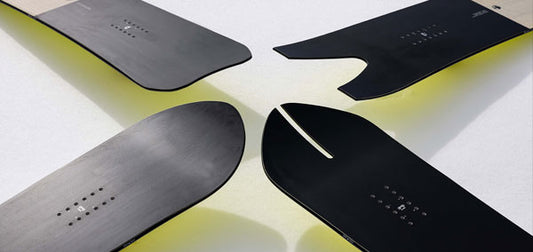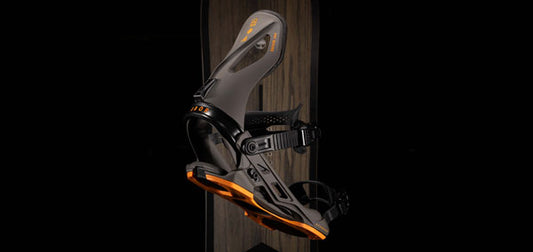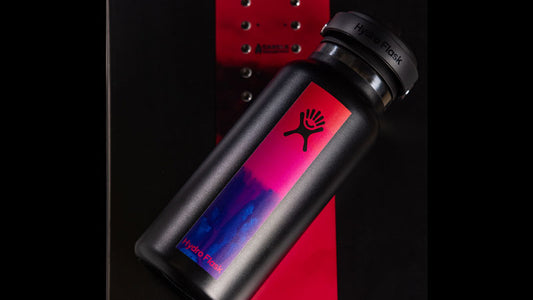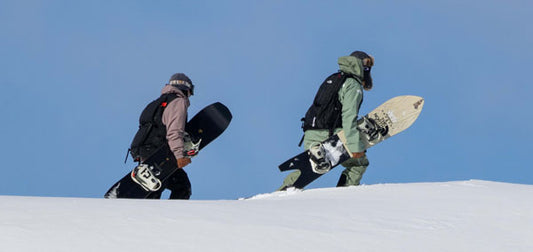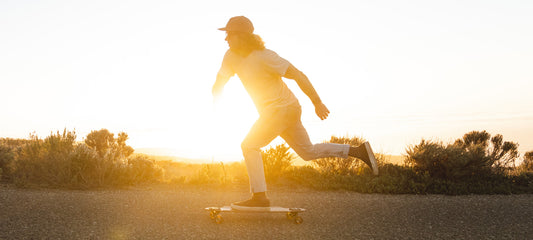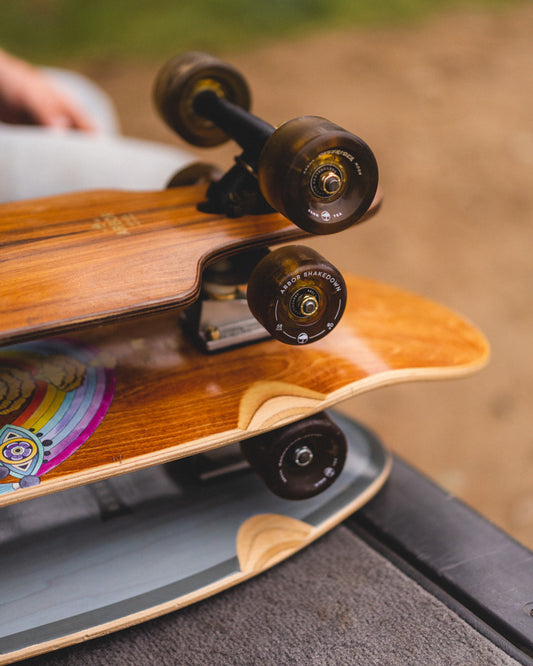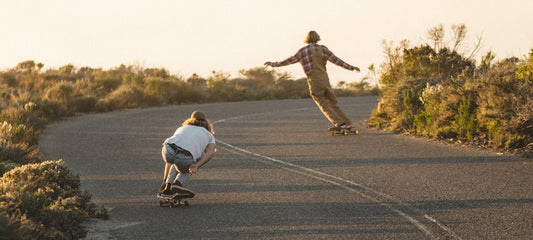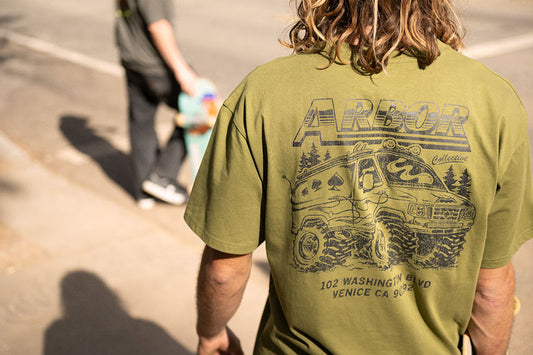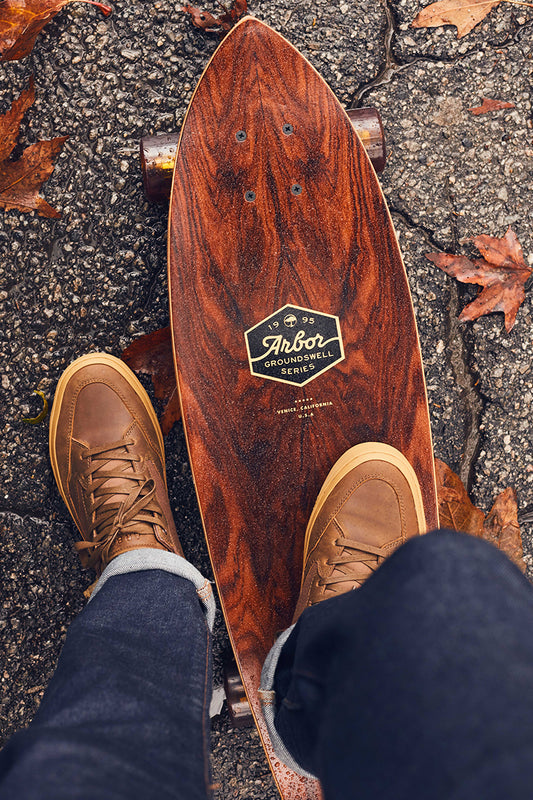All you need to learn about Components
Skateboard Components Guidebook
Skateboard Components
Need to write up a paragraph about things that are attached to Skateboards, other than Trucks or Wheels.
Bearings
Skateboard Bearings are what the Wheels sit on, and connect the Wheels to the Trucks. They are meant to spin at high speeds, while reducing friction. Most Bearings are made using Metals like Steel, although some can be made using Ceramic or Titanium, based on the needs of the rider. It's best to keep Bearings clean and free of debris, by avoiding water, dirt, and sand. Cleaning, lubricating, and servicing Bearings is a good practice, if the Bearings get slower or too loud over time. Bearings are made of key components; Outer Race, Inner Race, Balls, Retainer, Shield, and C Ring.
- Outer Race: The Outer Race is the larger Metal ring, with a groove running around the middle of the inside perimiter, to keep the Balls in place.
- Inner Race: The Inner Race is the smaller Metal ring, with a groove running around the middle of the outside perimiter, to keep the Balls in place.
- Balls: These sit between the Inner and Outer Races, and allow the Bearings to spin. Most Bearings use 7 Balls, but some use 6 larger Balls and can be made from Metal or Ceramic.
- Retainer: Also known as the Crown, this piece is usually made from Metal or Plastic, and keeps the Balls seperated at a specific distance from each other.
- Shield: These protect the inner parts of the Bearings and act like a seal to keep out debris and moisture. They can be made using Metal, Plastic, or Rubber. Shields can be removed for maintenance, and some Bearings don't include Shileds at all, based on the preference of the rider.
- C Ring: A thin metal ring called the C Ring is used to lock the Shield into place by a groove on the outermost area of the inside of the Outer Race.
Outer Diameter: 22mm | Inner Diameter: 8mm | Width: 7mm
Bearing Spacers
Bearing Spacers are cylindrical metal parts that sit on the Axle, between the Bearings and can be used to increase performance and rolling speed. They help by aligning your Bearings, and also preventing the Axle Nut to be overtightened, which increases friction and can slow down the Bearings. They can also reduce vibrations while skating, providing a more smooth ride.
Hardware
Hardware is used to attach Skateboard Trucks to a Deck. There are generally 4 pairs of Bolts and Nuts used per Truck, although some people use less for weight reduction, reference points, or aesthetic. The Bolts can be tightened using a Phillips Screwdriver or either a 7/32" or 1/8" Allen Key, depending on the Hardware Type.
Bolts come in different lengths, starting at 7/8" in length. It's best for the Bolt Length to be no more than 1/4" longer than where the Lock Nut tightens to the Truck, or it can take extra time to tighten, get damaged while skating, and also look silly as well.
Most Bolts are Counter Sunk, where the Bolt Head sits flush with the Deck surface after being tightened. Just make sure to not over-tighten past the surface of the Deck, as that can weaken the Deck and cause it to split and crack the Wood.
Some Bolts known as Pan Head, Button Head, or Truss Head, have rounded Heads meant to sit above the Mounting Surface. These Bolts are best used on Drop Through Skateboards, as they sit flush on top of the Truck Baseplate. Otherwise, Counter Sunk Bolts would not sit flat on the Truck Baseplate surface and cause the Hardware to get loose over time.
Lock Nuts are commonly used in Skateboard Hardware. Their Nylon Cores allow the Nut to lock onto the Bolt, and generally stay tight. It's still always best practice to tighten your Hardware from time to time, as they can still get loose over time. A 3/8" Wrench is used to tighten the Nuts, and is common on all Skate Tools.
Washers can also be used, but are generally only needed for Drop Through Mounting. The Washer sits between the Deck Surface and Lock Nut, eliminating the Nut from coming into contact with the Wood, and potentially damaging the Deck. Some Lock Nuts have Integrated Washers, but are still only used on Drop Through Skateboards.
Riser Pads
Riser Pads are used to increase the distance of the Truck to the Deck, and can provide better leverage, and also help eliminate Wheel Bite. Wheel Bite is caused when the Wheel rubs the Deck Bottom, and causes the Wheel to stop abruptly. Riser Pads are preferred when riding larger wheels, or also help with very loose Trucks. Riser Pads are usually made from Plastic, and range starting at 1/8" in height and can get much taller. Most Rised Pads are flat, but some can be wedged, which can change the Kingpin Angle of the Truck and affect performance depending on the orientation of the Riser Pad.
Shock Pads
Shock Pads are similar to Riser Pads, but are generally made from Rubber to reduce vibration. They come in different heights, and can also be combined with Riser Pads, depending on the preference of the rider.
Grip Tape
Grip Tape is used, to reduce the riders feet from slipping on the Skateboard Surface. Most Grip Tape resembles Sand Paper with adhesive, used to attach the sheets of Grip Tape to the Skateboard Riding Surface. The Grit is usually made from Solicon or Silica Carbide.
Grip Tape has varying degrees of sizes of grain, which offers more grip than others based on the preference of the rider. Ultra Coarse Grip is generally only used on Longboards for high speed performance, and not Cruisers and Popsicles, as it can tear up your shoes of feet.
Grip Tape is usually Black, but comes in various colors or but can also be clear, with options of Logos and Artwork printed on or die-cut into the Grip Tape. Grip Tape can be worn down over time, get dirty, and even loose its adhesive bond, so it's best to keep your Grip Tape clean and away from extreme temperatures, or it will need to be replaced.
Recycled Glass Re-Grit
Recycled Glass Re-Grit is made from reclaimed pieces of Glass from glass manufacturing. These pieces of Glass vary in grain size, and are applied to the Skateboard Riding Surface using adhesives. Glass Re-Grit offer similar grip performance as Grip Tape, while allowing the natural Wood aesthetic to still be visible. It is much more transparent than clear Grip Tape as well. Glass Re-Grit can also get dirty or wear down over time, but additional Re-Grit can be applied using Lucid Grip Kits, to bring new life back into the Skateboard.



